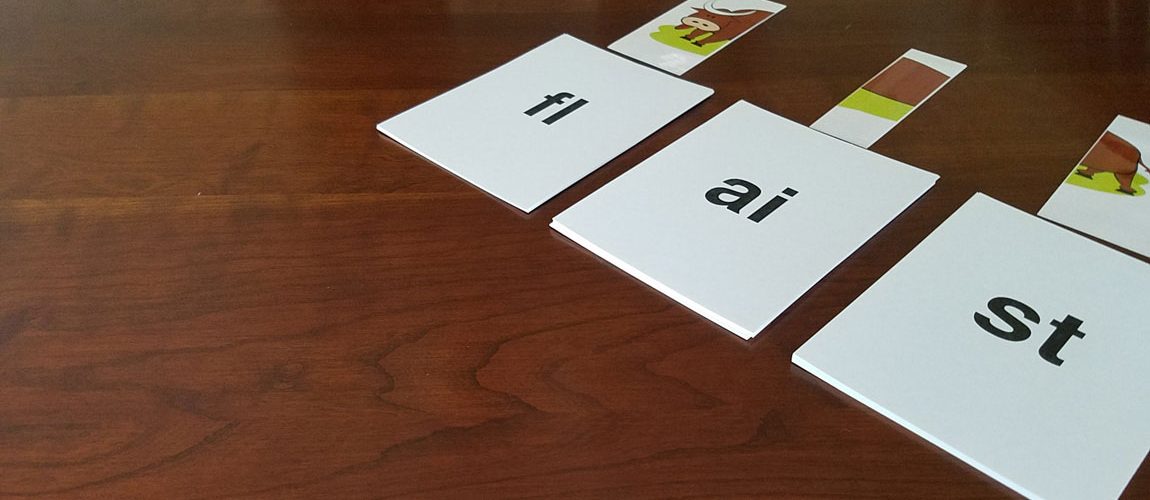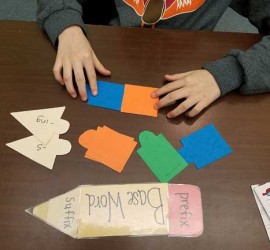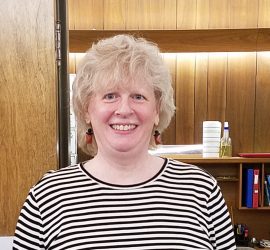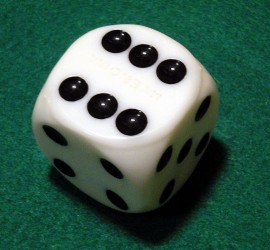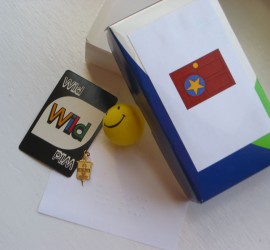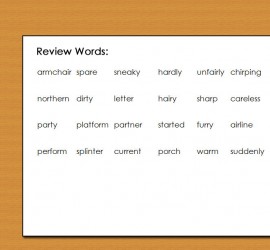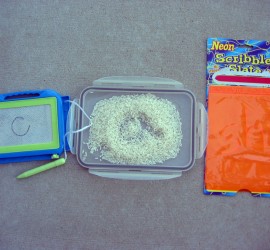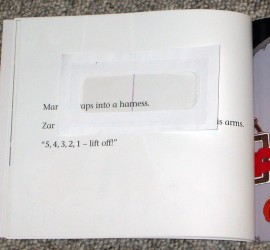scaffolded spelling
For students who are really struggling with spelling basics, sometimes it helps to scaffold their efforts by sharing the work with them. You can encourage your student to think of their spelling word in terms of beginning, vowel and ending sounds by asking them to only spell selected parts, while you … Continue reading >

